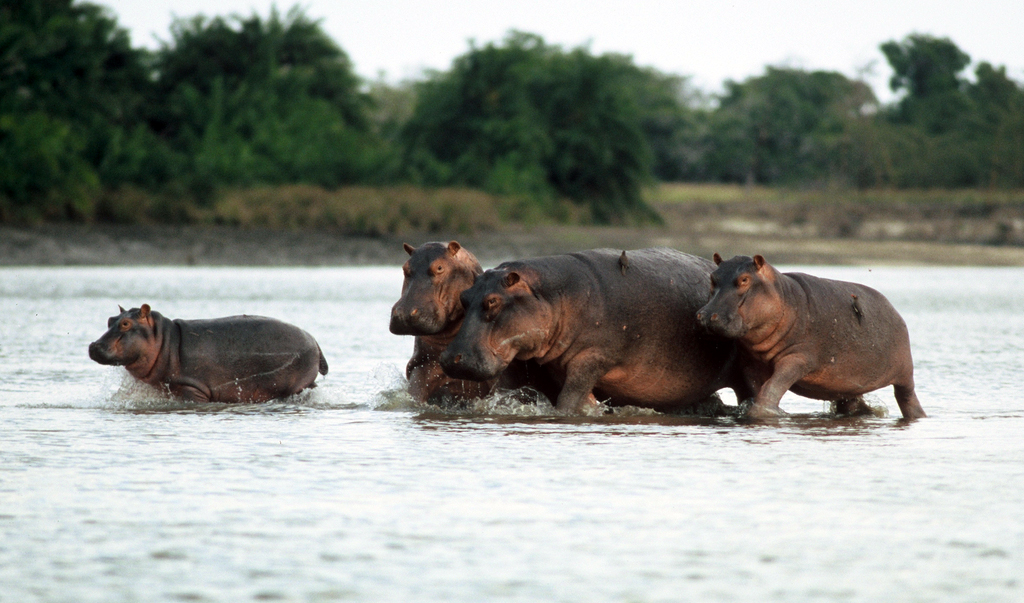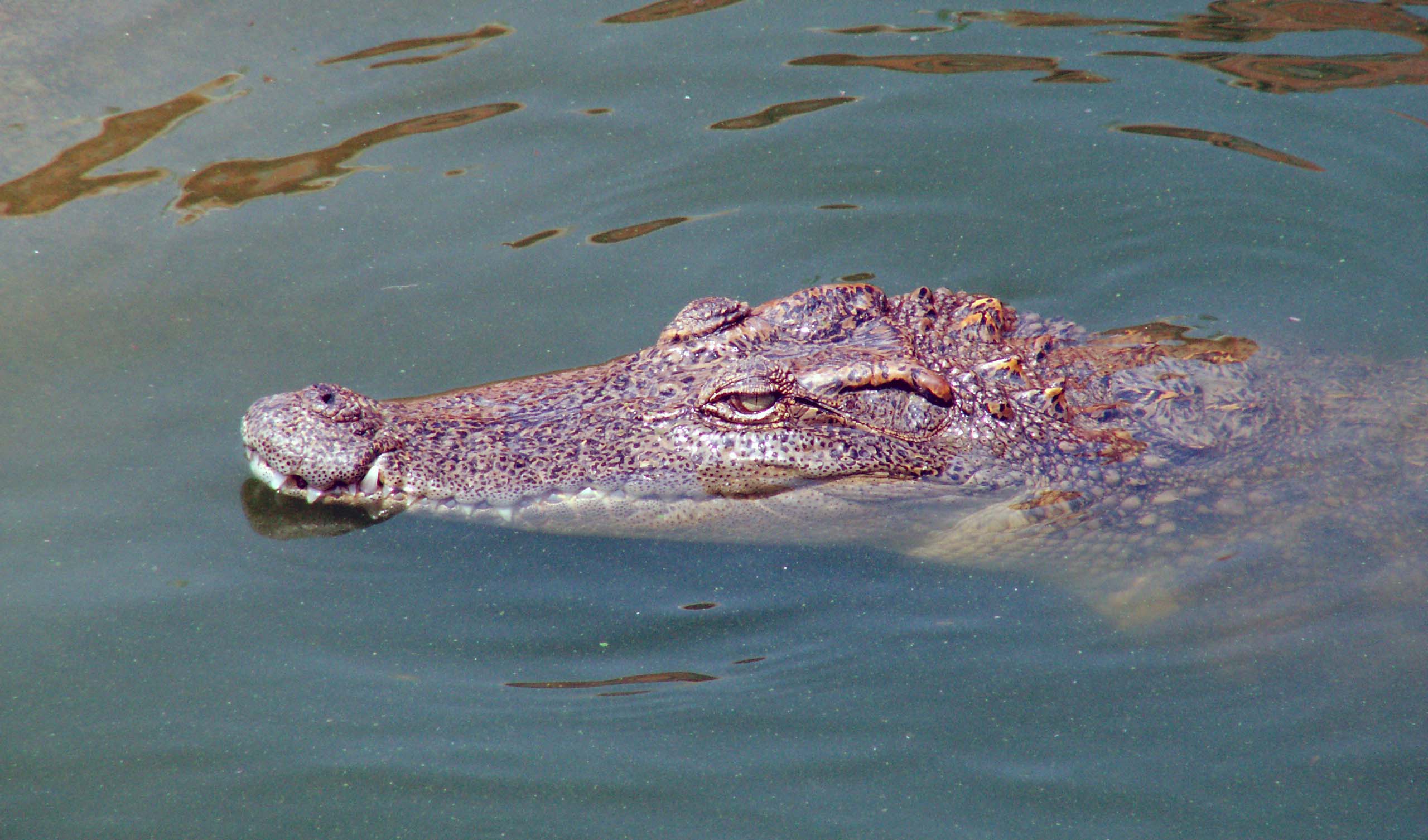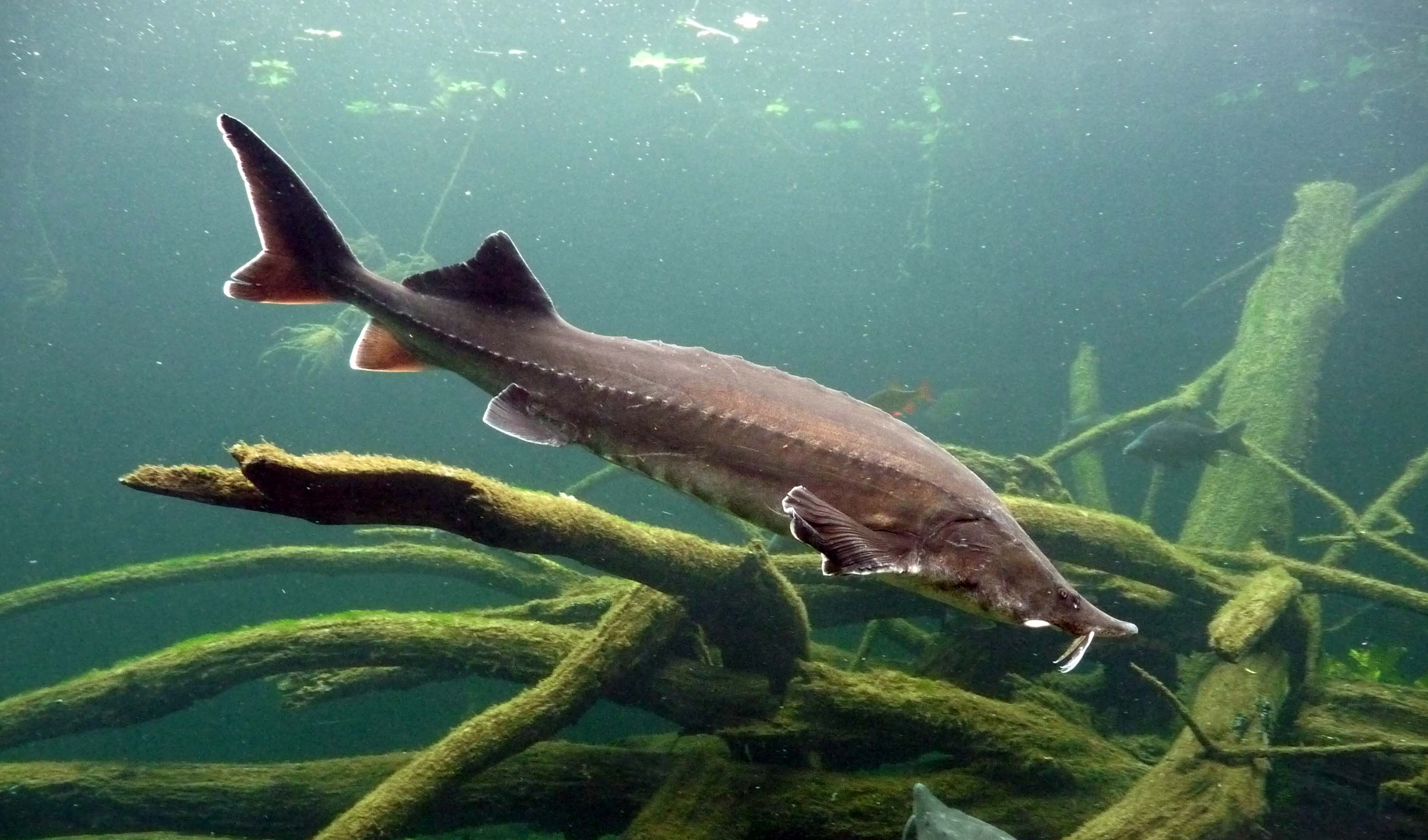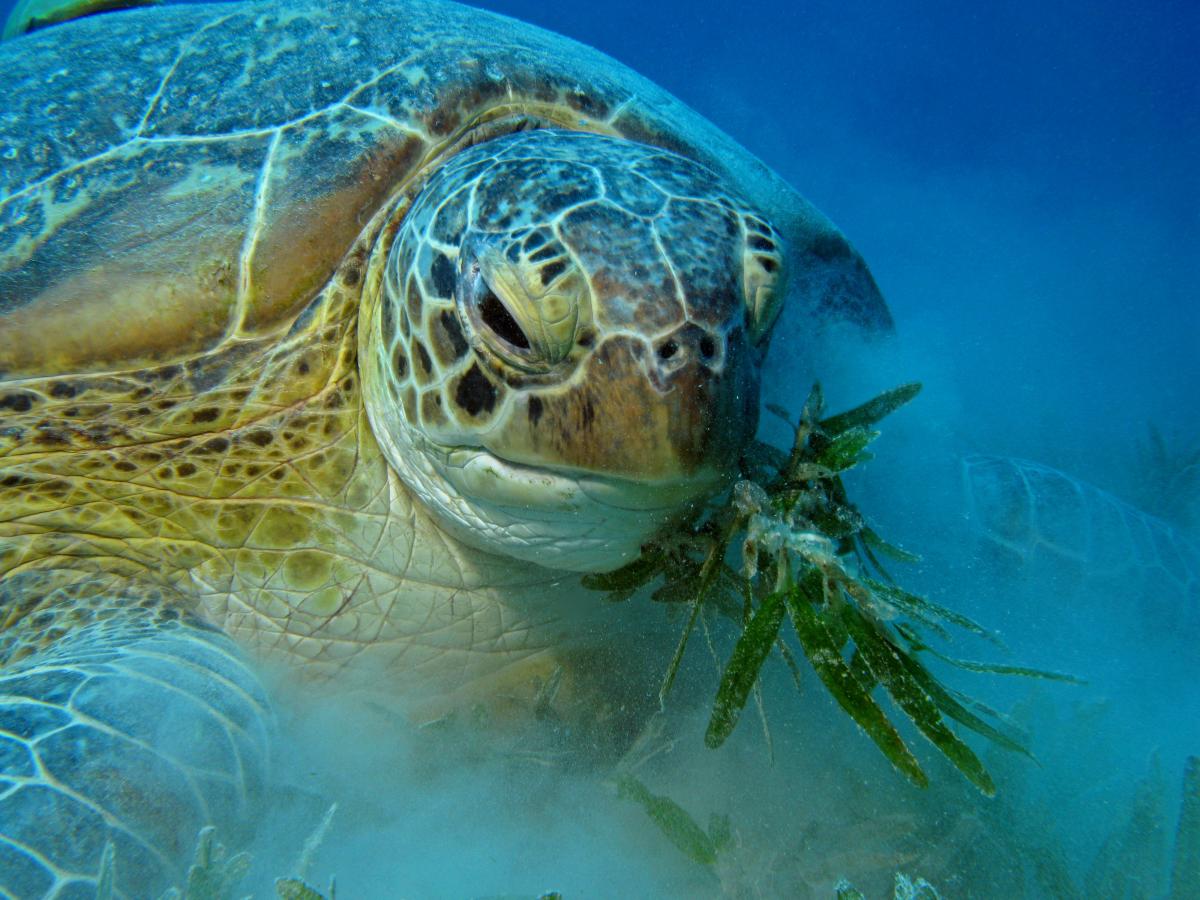Hippos, crocodiles and other freshwater megafauna threatened and ignored
A recent study by IUCN, International Union for Conservation of Nature and the Leibniz Institute for Freshwater Ecology and Inland Fisheries (IGB) reveals nearly 60 per cent of iconic freshwater species such as crocodiles, hippos, sturgeons and river dolphins are classified as threatened on The IUCN Red List of Threatened Species and lacking adequate protection.
The study Freshwater Megafauna: Flagships for Freshwater Biodiversity under Threat published in the journal, BioScience (open access), analysed 132 megafauna species weighing over 30 kilograms, including the Giant Sturgeon (Huso huso), Large Hippo (Hippopotamus amphibius) and Siamese Crocodile (Crocodylus siamensis).
The researchers found that over-exploitation is the main threat to these species, with 94 per cent of the species under pressure from this threat. Other main threats include habitat changes such as dam constructions and pollution. Despite the threats, they are largely overlooked in government policies, compared to their terrestrial or marine counterparts. This influences investments and conservation actions to protect freshwater species and their habitats, contributing to their rapid rate of decline.
“Freshwater ecosystems harbour iconic species such as the giant sturgeons, which have been around since the time of the dinosaurs. These ecosystems also support human well-being, for example providing food, regulating floods and purifying water,” says Dr. William Darwall, Head of IUCN’s Freshwater Biodiversity Unit, Global Species Programme who led this study. “Raising public awareness about the frighteningly rapid decline of these iconic species and the impact this will have on human well-being is important to encourage more investment in their conservation. If nothing is done to reverse this decline – a direct consequence of human actions – a number of these species may become extinct within our own lifetimes.”
Freshwater megafauna species are found on all continents except Antarctica, occurring mostly in large rivers and lakes such as the Amazon River in South America, Lake Tanganyika in Africa and the Caspian Sea between Europe and Asia. The researchers call for more research to improve knowledge about these species and their threats to design effective conservation measures.
The conservation of these species and their required habitats can also bring significant benefits to other freshwater species. The study estimates that 83 per cent of all threatened freshwater species co-occur with these megafauna species – revealing their potential as both flagship and umbrella species. The authors highlight the untapped potential of these species to raise public awareness about the threats to freshwater species, attract financial support and guide freshwater conservation planning.






